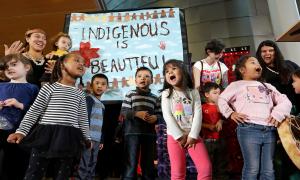The face of America is changing.In 40 years, the United States will become a minority-majority nation – a remarkable milestone for a country that already boasts one of the most religiously, ethnically and racially diverse societies in the world.But you wouldn’t know it looking at our nation’s schools. Census and school data tell a very different story.
